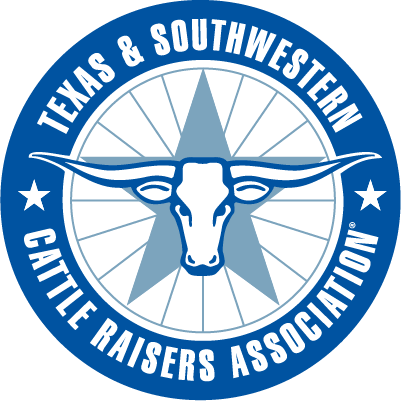Derrell S. Peel, Oklahoma State University Extension Livestock Marketing Specialist
With both revenues and costs rising, cattle producers must adjust cattle production and marketing to maximize profits. Economists model this decision mathematically resulting in the rule that profit maximization is the point at which marginal revenues equal marginal costs. This balance occurs when the value of the last unit produced equals the additional cost of producing that last unit. Of course, cattle producers don’t use mathematical models to maximize profits but should use marginal thinking to adjust to changing market conditions. Marginal decision-making means that production is adjusted at the margin, i.e. with minor modifications and tweaks to production systems rather than major changes.
Higher revenues generally suggests that producers will try harder to increase production. This might mean, for example, a bit more time and effort to save an additional calf. Or it might mean more attention on cow body condition and supplement needs to ensure good pregnancy rates. Or it might mean culling fewer cows or breeding a few more heifers to expand production next year. Higher cattle prices and changes in feeder cattle prices by weight changes the value of forage and may impact producer decisions about producing weaning calves versus using forage to add additional weight to feeder cattle.
However, input costs for cattle production are higher as well. This implies that producers should think about cost adjustments at the margin as well. Higher fertilizer prices may mean that fertilizer use should be concentrated on the best hay meadows and pastures and cut back a bit on more marginally productive areas. Or it might mean additional effort to assess nutritional programs and identify feed alternatives to optimize feed costs. For example, extra efforts to store and feed hay with minimal waste are more important now.
Specific circumstances for individual cattle producers will determine whether the net impact of higher revenues and higher costs is a need to cut back slightly on production, hold steady, or increase production. Producers more dependent on some inputs, such as fertilizer, may be more constrained in response to higher cattle prices, compared to, say, range-based ranches that use fewer purchased inputs. Although the decisions made will vary across different types of cattle production in different regions, all cattle producers should engage in the process of marginal adjustments in production and cost management.
There are short and long-run considerations and risks to be considered as well. Care should be taken that short term efforts to manage higher costs should not, for example, jeopardize herd health by cutting vaccination programs or skimping on nutrition and risking decreased future herd productivity. Markets are extremely volatile now and likely to remain so for the foreseeable future. Producers should consider the use of risk management to protect revenues and potentially use forward pricing or other means to manage input costs.
